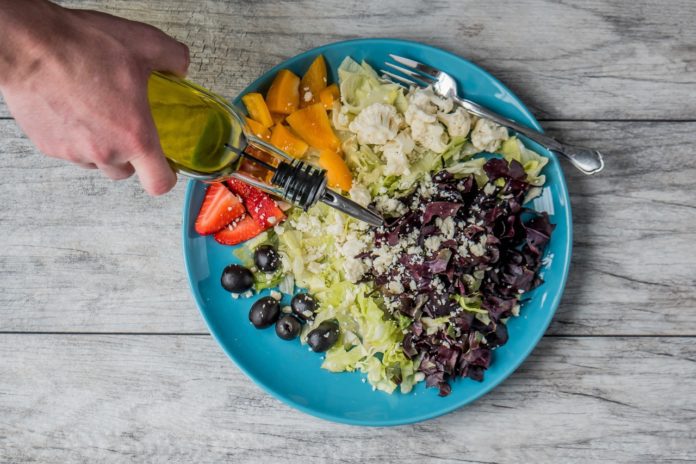Diet culture has grown a lot over the past few years. Losing weight is not a very easy journey, and it takes a lot of time. But once you have an idea of what to do and how to do it, it gets easier.
There are multiple ways to lose weight by eating the right foods. Apart from losing weight, diet can help you to gain muscle, boost focus and make you feel healthier.
Statistics state that around 45 million people go on a diet every year. The diet that works for your friends might not work for you. So it is better to understand the different types of diets and choose one that is suitable for your lifestyle and body goals.
Here we have made a list of the different types of diets that can help you. Based on your health, body, and nutrition, follow one of these diets to reach your goals.
What are all the different types of diet?
1. The Paleo Diet

The Paleo diet is also known as The Caveman Diet. This diet is like a carnivore diet which involves eating meat, fish, vegetables, fruits, nuts, and seeds. It includes the same foods that your hunter-gatherer ancestors followed.
The foods to avoid in a Paleo Diet are grains, processed foods, beans, legumes, and any kind of sugar. These foods are avoided to keep away the modern diseases that have a link to most western diets.
The Paleo diet discourages all kinds of processed food and dairy products. But certain flexible versions of the paleo diet allow cheese, butter, potatoes, and sweet potatoes.
Research states that the paleo diet can lead to weight loss and even reduce waist size. People who follow the diet eat fewer carbs and more protein which includes 300-900 calories every day.
Benefits
The Paleo diet can lead to reduced risk factors surrounding the heart. It controls cholesterol, blood sugar levels, blood triglycerides, and blood pressure.
Downside
The diet seems to eliminate healthy and nutritious food items like whole grains, legumes, and dairy products.
2. The Vegan Diet
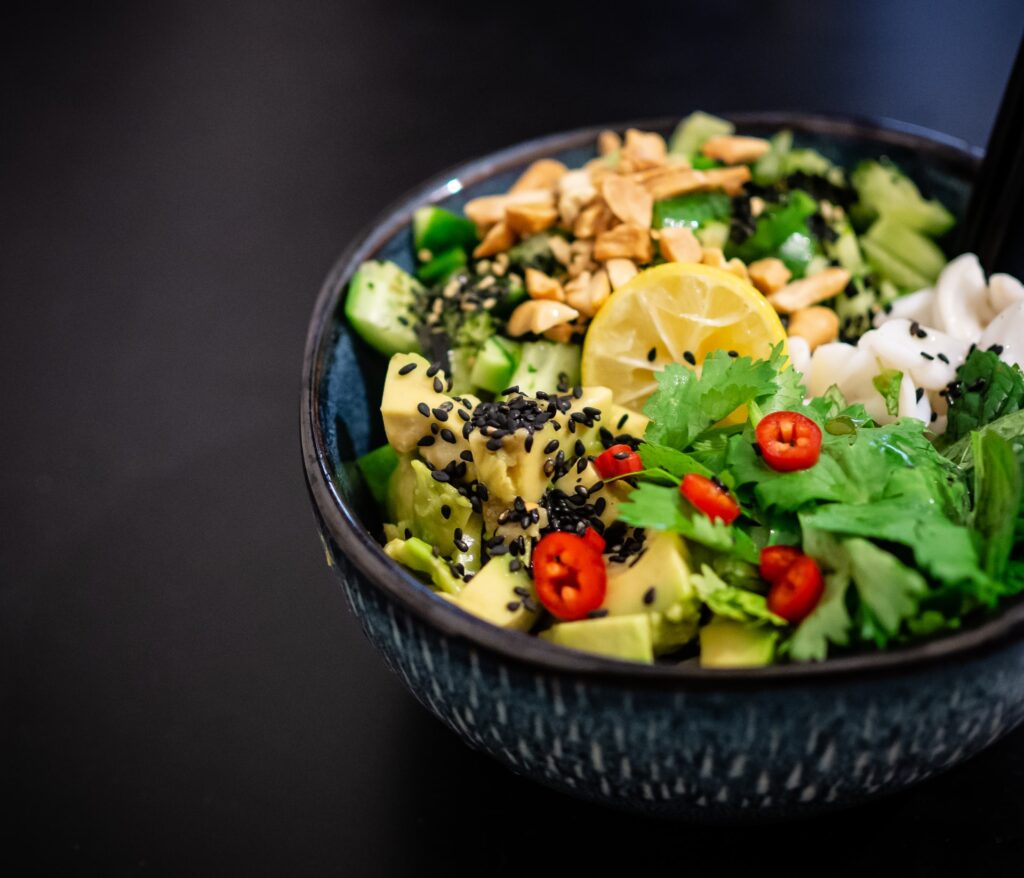
Veganism refers to the vegetarian diet, which eliminates dairy, eggs, and animal-derived products in addition to meat. Gelatin, honey, albumin, whey, casein, and other forms of vitamin D3 are avoided.
If you’re planning to lose weight without counting calories, veganism is the right choice. Because of its low fat and fiber content, you will feel fuller for long hours.
One study recorded for 18 weeks showed that a vegan diet can lead to a weight loss of 9.3 pounds. The weight loss was more effective than those who followed a control diet. The Vegan group could eat until they were full, but the control group had to limit their calories.
Vegans can lose weight based on their calorie intake. These diets are linked to lowering body weight and body mass index.
Benefits
Veganism also has its benefits. One study includes 250,000 people and their eating habits. The vegans in the study were found to have a 25% lower risk of heart disease and an 8% lower risk of cancer. By limiting processed meat, you can also reduce the risk of Alzheimer’s disease.
Downside
Vegans are found to be at a higher risk of being deficient in multiple vitamins and minerals such as zinc, iron, vitamin D, and Omega-3 fatty acids. All of these are essential for a healthy body.
3. Low-Carb Diet
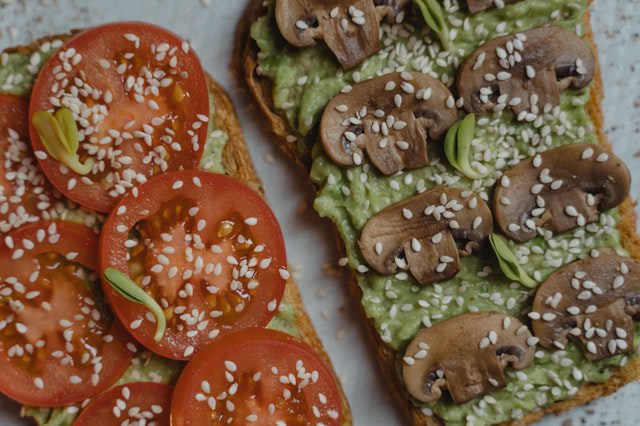
One of the most popular diets is the Low-Carb diet. It includes limiting your carb intake by 22-150 grams per day. The main aim of the diet is to eat more fats for fueling your body instead of having carbs, and these fats in your body will act as the main source of energy. People on a low-carb diet commonly reach a state called ketosis.
Low carb diets mainly focus on large amounts of protein and fat while the carb intake is maintained. The fatty acids move into your blood and get transported to the liver when there is a low carb percentage in your body. The fatty acid in the liver then turns into ketones which are used as the primary source of energy.
Benefits
Low carb diets are very helpful in the case of overweight and obese individuals. These diets can reduce the dangerous belly fat surrounding your organs.
Studies have found that ketogenic diets can lead to more weight loss than a calorie-restricted diet.
Other benefits of a low-carb diet include a reduction in appetite, which makes you feel less hungry. You will benefit from this diet in terms of lowered disease risk. It controls your cholesterol level, blood sugar level, insulin level, and blood pressure.
Downside
A downside of the low-carb diet is that it is not suited for everyone. People might experience an increase in LDL cholesterol which is bad for your body.
Some rare cases include a serious condition called nondiabetic ketoacidosis. The condition is common in lactating women and is said to be fatal if left untreated.
4. The Dukan Diet
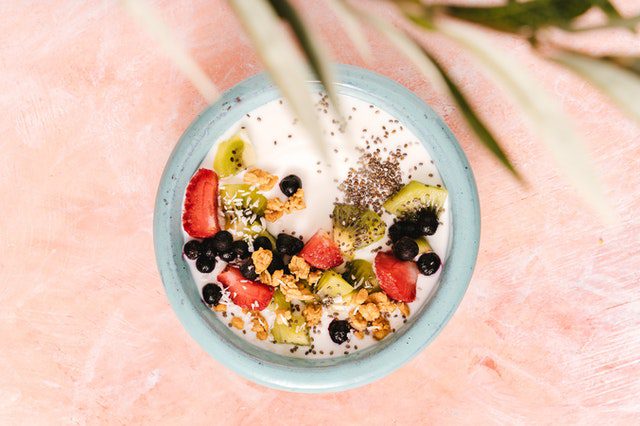
The Dukan Diet consists of a high protein and low carb weight loss diet. It is split into four phases: two weight loss phases and two maintenance phases. Depending on how long you stay in each phase, you will be able to lose a lot of weight.
The weight loss phases include eating an unlimited amount of high protein foods and mandatory oat bran. The other phases include nonstarchy vegetables such as carbs and fats.
Benefits
One study shows that the Dukan diet in women who ate 8000 calories and 1000 grams of protein every day lost around 33 pounds in 8-10 weeks.
The diet has also shown a higher metabolic rate, a decrease in ghrelin which is the hunger hormone, and an increase in the hormones that make you feel full.
Downside
Fat loss can be achieved through this diet, but there seems to be muscle loss as well.
Reduction in muscle mass and more calorie restrictions can make your body conserve energy. This, in turn, makes it easier to gain weight after losing it.
5. The Ultra-Low-Fat Diet
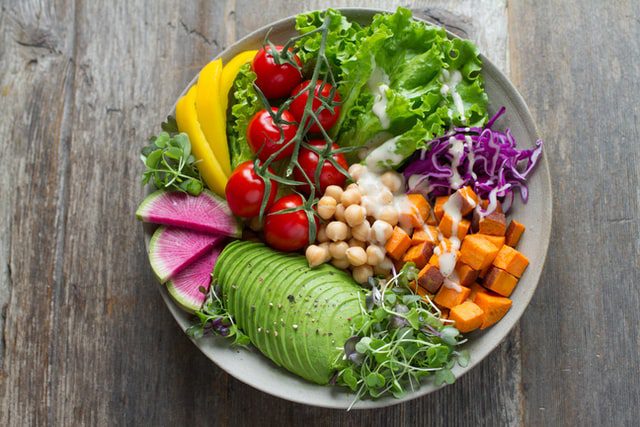
The ultra low-fat diet is all about restricting your consumption of fat to 10% of daily calories. A low-fat diet generally provides 30% of the calories in the form of fat.
An ultra low-fat diet consists mostly of plant-based products and a limited intake of animal products. This makes the diet high in carbs and low in protein.
The diet has proved to be very successful for obese individuals. In one study, obese individuals went on an ultra low-fat diet and lost an average of 140 pounds.
Benefits
Studies show that an ultra low-fat diet can keep away certain risk factors such as high blood pressure, high cholesterol, and inflammation.
This diet has also shown improvement in type 2 diabetes. It slows down the progression of an autoimmune disease known as sclerosis.
Downside
The downside of a fat-restricted diet can lead to multiple long-term problems. Some find it extremely hard to follow the diet as it limits an intake of multiple healthy foods.
6. The Atkins Diet

Another popular low-carb weight loss diet is the Atkins diet. It involves eating as much protein and fat you can eat while avoiding carbs. A no-carb diet can effectively reduce your appetite, which leads to fewer calories.
The Atkins diet involves four phases which start with the induction phase. You have to eat 20 grams of carbs every day during the induction phase for two weeks. The other phases include slowly introducing the healthy carbs back to your diet when you have approached your preferred weight.
The Atkins diet has proved to cause weight loss than other low-fat diets.
Other studies show that the Atkins diet is extremely useful for reducing belly fat around the abdominal cavity.
Benefits
Low carb diets like the Atkins diet reduce multiple risk factors, including cholesterol, blood sugar, insulin, and blood pressure.
Compared to other weight-loss diets, the Atkins diet improves HDL cholesterol and blood sugar levels.
Downside
The Atkins diet is mostly safe and healthy for most people but can lead to certain problems in rare cases.
7. The HCG Diet

The HCG diet is one of the extreme diets that can cause weight loss of up to 2 pounds every day. It is said to boost your metabolism and fat loss without inducing the signs of hunger.
Human chorionic gonadotropin or HCG is a hormone that is present at high levels during early pregnancy. The hormone maintains the production of other hormones that are important for fetal development.
The HCG Diet is divided into three phases- the first phase begins taking HCG supplements, the second phase includes an ultra low-calorie diet, and the third face includes stopping HCG intake and increasing your food intake.
Multiple studies show that the weight loss during the HCG diet is caused by the ultra low-calorie diet alone and not by the HCG hormone.
Benefits
Apart from the weight loss, there are no extra benefits of following the HCG diet.
Downside
The downsides of this ultra low-calorie diet include muscle loss. The calorie restriction makes your body think it is starving and attempts to preserve the energy. This leads to a reduction in the number of calories burnt by your body.
The diet also has certain side effects, such as depression and fatigue. One study reported blood clots developing inside the body because of the diet.
8. The Zone Diet

The zone diet consists of a low glycemic load diet. It makes you limit your carb intake to 35% or 45% and protein and fat to 30%. It involves eating carbs with a low glycemic index(GI). The diet was made to reduce certain diet-induced inflammation and to reduce the risk of chronic diseases.
The zone diet involves balancing every meal with one-third protein, two-third colorful wedges and fruits, and a dash of fat such as oils.
Benefits
Studies show very little weight loss compared to other diets. However, the greatest benefit of the zone diet is the reduction in risk factors such as reduced cholesterol and triglycerides.
This diet can also improve blood sugar control and waist circumference. Along with this is a lower chronic inflammation in overweight individuals is noticed.
Downside
One of the downsides of this diet is that it limits the intake of some healthy carbs such as bananas and potatoes.
9. Intermittent Fasting

Intermittent fasting involves periods of fasting and eating. Instead of limiting the foods that you should eat, intermittent fasting controls you and tells you when to eat. This diet can be seen as an eating pattern.
Some of the popular ways to do intermittent fasting include the eat-stop-eat method, the 5:2 diet, the warrior diet, and the 16/8 method.
Benefits
Intermittent fasting has shown successful changes that led to weight loss over a period of 3 to 24 weeks. In addition to weight loss, it can also increase your metabolic rate in the short term.
Intermittent fasting reduces the markers of inflammation, cholesterol levels, and blood sugar levels. It also has a link to an increased level of human growth hormone and altered gene expressions.
Downside
Even though intermittent fasting is mostly safe for healthy people, it does not seem to suit everyone. Some studies show that it is not very beneficial for women as it is for men.
People who are sensitive to drops in blood sugar levels, pregnant or breastfeeding moms, malnourished or underweight children, should stay away from fasting.
Take Away!
Remember to follow a diet that you can stick to and enjoy the process. Diet includes what we eat in daily life. Follow this list to work on your body goals. And don’t forget to stay consistent.

